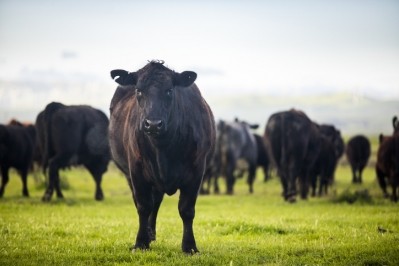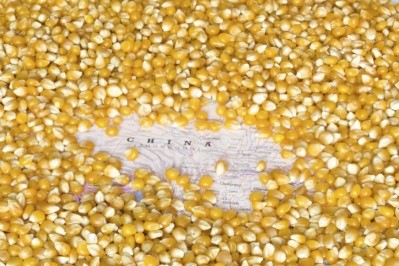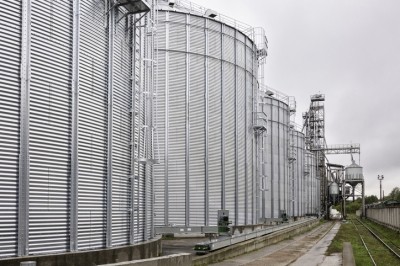China’s soybean imports expected to slow down and eventually decline through 2030
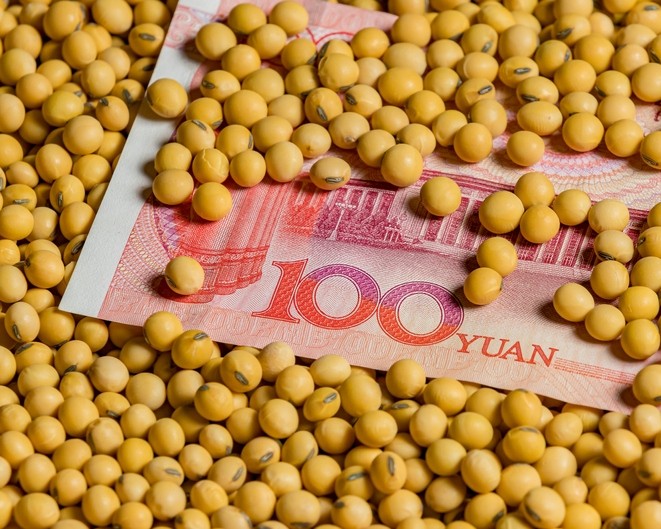
“The inclusion rate of soymeal in feed rations is projected to drop, as the Chinese government is launching a soymeal reduction campaign aimed at lowering the dependence on imported soybeans to ensure food security,” reported Lief Chiang, senior analyst, grains and oilseeds, Rabobank.
The Chinese government’s 14th Five-Year Plan highlighted supply chain security risks related to grain and oilseed imports. Amid geopolitical complications, soybean imports became a focal point in trade between the US and China. The government hopes that reducing its reliance on soybean imports will help it take a more proactive position in bilateral diplomacy.
Though, when needed, and only as a short-term measure, the analysts said the Chinese government might encourage soybean imports or conduct stock buying to replenish state reserves.
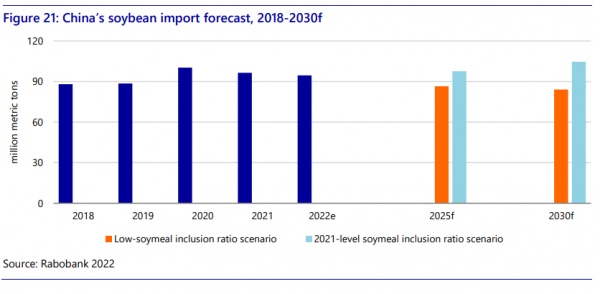
In a low-soymeal scenario, China would only need to import 87m metric tons in 2025 and 84m metric tons in 2030, and the inclusion rate of soymeal in feed rations would drop from the current 15.3% to 13.5% in 2025 and 12% in 2030, forecast the Rabobank team.
China introduced the concept of a low-protein feed formulation in 2018. The same year, the China Feed Industry Association (CFIA) approved recommended standards for swine and poultry feed, lowering the crude protein level by 1.5% and 1%, respectively. In 2021, even though the geopolitical tensions had de-escalated to some extent, China’s ministry of agriculture and rural affairs (MARA) issued further guidelines to promote the reduction of soymeal use.
And CFIA has already set or is in the process of establishing upper limits for soymeal use in hog, layer, broiler, aqua, and other feed rations, taking into account varying nutritional needs at different stages in the animals’ lifecycles, noted the outlook.
Likely impact on China’s crushing sector
China has the world’s largest crushing capacity, estimated at over 170m metric tons. Nevertheless, average capacity utilization rates run at around 55%, reflecting the ongoing downward pressure on crushing margins, said the analysts.
In a low-soymeal inclusion scenario, with fewer soybeans being imported, there would be lower crushing capacity utilization, with that outcome likely resulting in increased crushing industry consolidation and the closure of uncompetitive players. As it is, the top 10 Chinese crushers account for over 80% of output.
Meanwhile, with less crushing, China will need to import more edible oil directly to fulfill demand. Palm oil might be an option, found the report. “Multinationals with an active presence in overseas origination and distribution will hold strong positions to deal with future competition.”
Trigger for feed innovation
To meet the soymeal reduction goals, Chinese feed mills have been seeking alternative protein sources. Traditional substitutes include rapeseed meal, cottonseed meal, peanut meal, sunflower meal, distillers grains (DDGS), palm kernel meal, corn protein powder, corn germ meal, and animal byproducts.
Stagnating domestic soybean production targeted at food applications
While China is the fourth-largest soybean-producing country globally, after Brazil, the US, and Argentina, domestically beans are mainly used in food applications, and local soybean production has stagnated between 15m and 20m metric tons for the past 20 years, constrained by scarce land and water resources, small-scale farming practices, and the lack of commercial use of biotech soybean seeds and traits in the field.
However, compared with soymeal, the low availability of these protein substitutes is one obvious issue. Furthermore, these alternative sources have disadvantages in terms of poor digestibility and a large number of anti-nutritional factors (ANFs).
Specific feed processes, including granulation, fermentation, extrusion, and enzymatic hydrolysis, are also necessary to adjust palatability of these ingredients, improve their digestibility, and deactivate ANFs.
In addition, soymeal has a better amino acid balance than other protein sources so extra amino acids would be required to make up for the reduced soymeal and crude protein content in complete feed, said the analysts. “Research shows that low-soymeal feed formulas require extra inputs of lysine, methionine, threonine, tryptophan, valine, and isoleucine.”
China is a leading producer and exporter of lysine, threonine, tryptophan, and valine. Chinese production capacity of these four amino acids is enough to meet rising domestic consumption, but potentially at the expense of exports, said the authors. “China remains a net importer of methionine, although domestic capacity is ramping up. Self-sufficiency of methionine is expected to improve over this decade. As for isoleucine, Chinese companies are currently lagging behind in bacterial strains and fermentation technology. Ramp-up of commercial-scale production is underway.”
In addition to traditional protein sources and synthetic amino acids, there are also novel protein options with potential, such as insect and microbial proteins, which, in the long run, could make positive contributions toward saving natural resources and reducing carbon emissions, they noted. “However, as most of them are still in the development stage, there is high uncertainty about the timeline to achieve commercial viability in China.”
Feed industry consolidation
Rabobank anticipates that while animal protein growth and rising penetration of commercial feed are positive for feed demand in China, improvements in feed conversion ratios (FCR) will lower feed consumption overall, with technology playing an important role in enhancing efficiency.
Better animal genetics and livestock farming practices will all be critical factors in this respect, meaning less feed will be required to produce the same quantities of animal protein products, found the publication.
The Chinese feed sector will also see more consolidation, forecast the authors. With better cost-control management and animal nutrition expertise, the leading feed companies are best equipped to formulate least-cost feed rations to maximize profitability while maintaining the animal’s performance.
“Competition will be challenging for smaller feed players. They will be squeezed out, resulting in a much more concentrated Chinese feed industry.”
Wider impact
The projected slowdown and eventual reduction in China’s soybean imports will have profound impacts on the entire global supply chain and reshape global trade flows, given that China is the world’s largest soybean importer, accounting for over 60% of global trade, commented the Chinese market experts.
The development will challenge all participants along the chain, including growers, traders, soybean crushers, livestock farmers, feed mills, and feed ingredient manufacturers. “While China will remain the largest importer, additional growth will shift from China to other regions and mainly be driven by emerging economies in the Middle East, Southeast Asia, and South Asia,” said Chiang.
Traders will need to realign their business for new destination markets and increase infrastructure investment in these regions, he added.
Another future scenario, however, could be that rising demand for soy oil in biofuel in the Americas might urge China to increasingly import soymeal instead of soybeans.
The US and Brazil are expected to expand their crushing capacities and process more beans domestically, keeping more soy oil for local use and exporting increasing volumes of soymeal.
“In the international market, such changes might boost soy oil prices but depress soymeal prices. China is not active in the global soymeal trade. Due to its gigantic domestic crushing capacity, estimated at over 170m metric tons, it was even a net exporter for many years, primarily supplying soymeal to neighboring countries in Southeast Asia. Due to the many changes coming to the soybean complex, China might find itself in an advantageous position to import large quantities of cheap soymeal. If China becomes a net importer of soymeal, the forecast imported soybean volumes will be further revised downward.”
